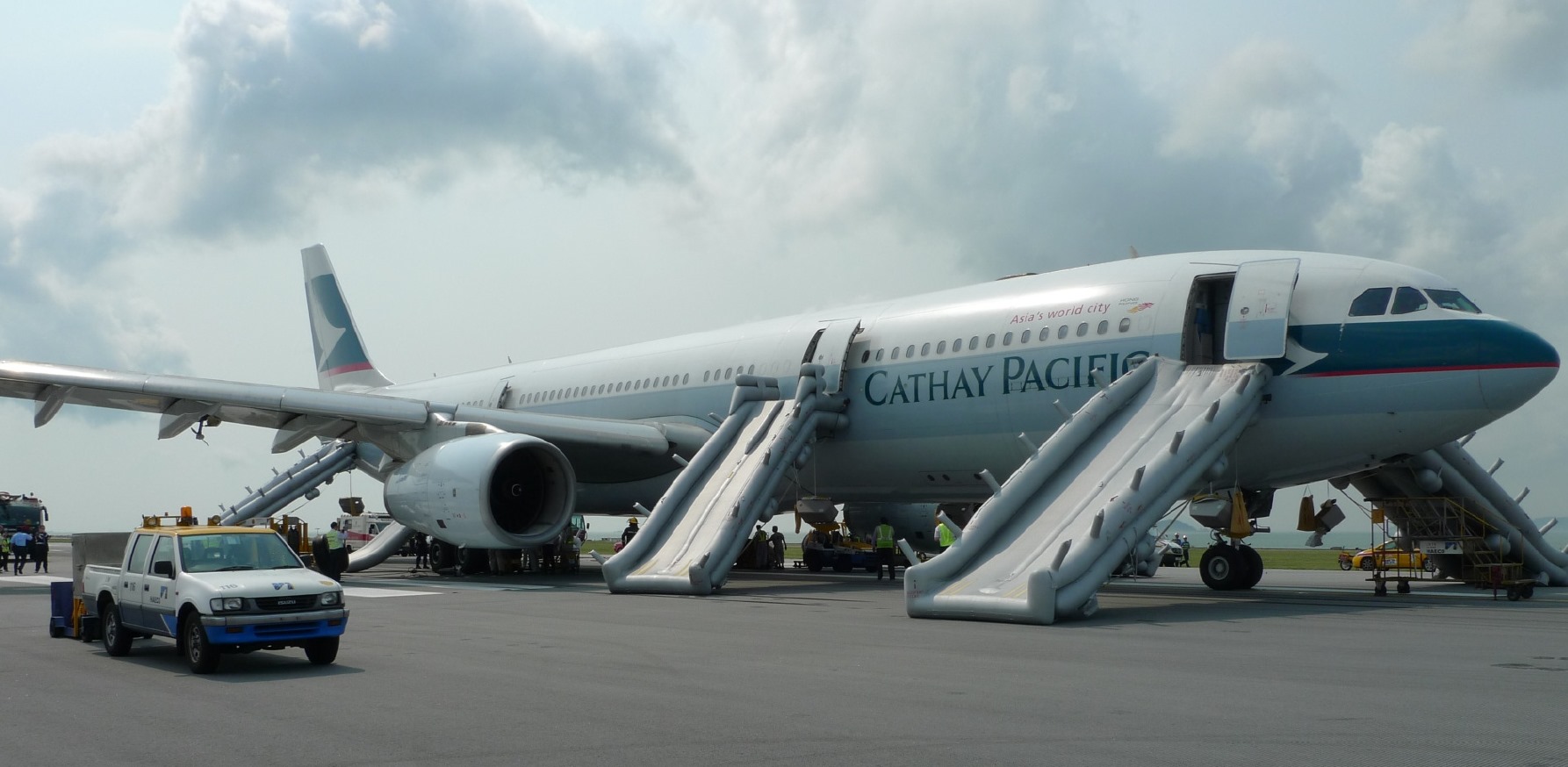On 13th April 2010, a Cathay Pacific Airbus A330 was operating flight 780 from Surabaya to Hong Kong. However, due to fuel contamination, both of the engines sustained damage and the aircraft landed at almost twice the normal speed due to loss of thrust control on approach.
Flight Details
The Cathay Pacific Airbus A330-300 with registration B-HLL was performing flight CX780 from Surabaya, Indonesia to Hong Kong with 309 passengers and 13 crew members on board. Flight CX780 was under the command of Captain Malcolm Waters who had 7,756 total flight hours, including 2,601 flight hours in the Airbus A330. The 35-year-old captain was accompanied by First Officer David Hayhoe, who had 4,050 total flight hours.
Moreover, the F/O was the Pilot Flying (PF) for the flight, and the Captain was the Pilot Monitoring (PM). Captain Waters had been flying for Cathay Pacific for 12 years. Meanwhile, F/O Hayhoe had been working for Cathay Pacific for 3 years after serving 11 years with the Royal Australian Air Force.
Flight CX780 left the stand, departed uneventfully from Surabaya’s Runway 28 under Visual Meteorological Conditions (VMC), and was away from any significant weather. According to the flight crew, the flight did not encounter any significant weather en route, which was confirmed by the satellite imageries for the period.
However, during the climb, the flight crew noticed some abnormal Engine Pressure Ratio (EPR) fluctuations on the No. 2 engine. The No. 1 engine also had abnormal EPR fluctuations but within a narrower range.
Shortly after levelling off at FL390, the Electronic Centralised Aircraft Monitoring (ECAM) displayed an “ENG 2 CTL SYS FAULT” message. ECAM information “ENG 2 SLOW RESPONSE” was shown for crew awareness. The flight crew consulted with a maintenance engineer regarding the issue who advised the flight crew to maintain the engine control at “EPR” mode. As all engine parameters were considered normal other than the EPR fluctuations, the flight crew elected to continue the flight to Hong Kong.
Almost two hours into the flight, the ECAM message “ENG 2 CTL SYS FAULT” reappeared when the aircraft was levelling off at FL380. This time ECAM information “AVOID RAPID THR CHANGES” was also displayed in addition to the “ENG 2 SLOW RESPONSE”. Engine anti-ice for both engines was selected “ON” by the flight crew for the purpose of checking its effect on the EPR fluctuation but apparently, it had no effect on the fluctuation.
Once again, the flight crew contacted a maintenance engineer who responded to the call and confirmed that he was aware of the earlier situation as they had been monitoring the engine parameters during the flight. This time as well all engine parameters were normal and the flight was deemed safe to continue on to Hong Kong.
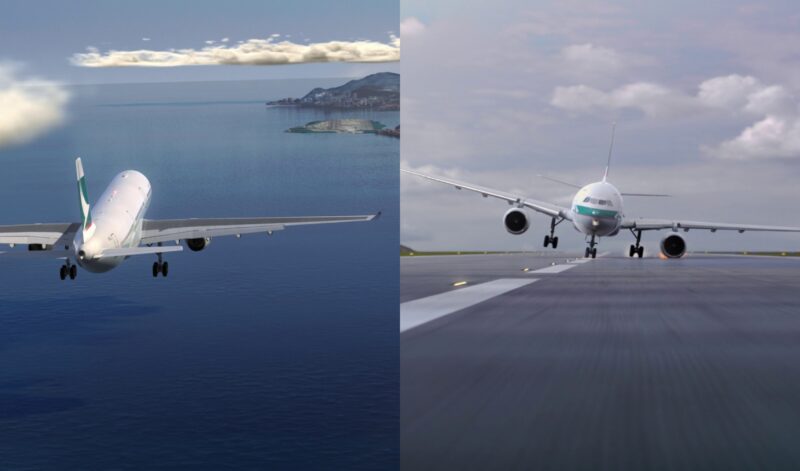
Descent and Approach to Hong Kong
While the aircraft was approximately 110 nautical miles southeast of Hong Kong International Airport, the aircraft’s ECAM displayed two error messages, “ENG 1 CTL SYS FAULT” and “ENG 2 STALL”, within a short period of time. According to the captain, a light “pop” sound was heard, and some “ozone” and “burning” smell was detected shortly before the ECAM message “ENG 2 STALL”.
The flight crew completed the necessary ECAM procedures and set the No. 2 thrust lever accordingly to the IDLE position. To compensate for the low thrust of the No. 2 engine, the crew set the No. 1 engine to maximum continuous thrust. However, two more ECAM messages were then annunciated: “ENG 1 SLOW RESPONSE” and “AVOID RAPID THRUST CHANGES”.
A few moments later they declared a “PAN PAN” with Hong Kong ATC and advised that the No. 2 engine was operating at idle thrust. The crew requested the shortest possible route for a priority landing. Responding to the crew, the ATC cleared flight CX780 for a priority landing and also alerted the emergency services by declaring a local standby.
At the later end of the descent, the Captain took control of the aircraft in accordance with Cathay Pacific’s standard operating procedures for one engine inoperative. However, while the aircraft was approaching an altitude of 8,000 ft at about 45 nautical miles southeast of Hong Kong International Airport, the “ENG 1 STALL” ECAM message was displayed.
With both thrust levers at the IDLE position, the Captain tested the engines’ controllability by moving the thrust levers one at a time. There were no thrust changes corresponding to the engine lever movements initially. The flight crew then followed the procedures for a No. 1 engine compressor stall and declared a “MAYDAY”. The No. 1 engine speed eventually increased to about 74% N1 with the No. 1 thrust lever in the CLB (climb) detent position. Whereas, the No. 2 engine speed remained at sub-idle about 17% N1, providing enough thrust to level off at 5,500 ft and reach Hong Kong with the No. 2 thrust lever at the IDLE position.
As the flight approached the airport, the crew tried to decrease the speed by retarding the No. 1 thrust lever but found that the movement of the thrust levers failed to reduce thrust below 74% N1 on the No. 1 engine.
Landing, Evacuation and Injuries
Flight CX780 made a hard landing on Hong Kong’s runway 07L at a groundspeed of 231 knots which is about 95 knots over the normal touchdown speed for an A330 and above both the maximum allowable flap-extension speed and the speed rating of the tyres. As a result, the plane bounced and briefly became airborne again before slamming down hard while banking left, causing the left engine to scrape against the runway surface.
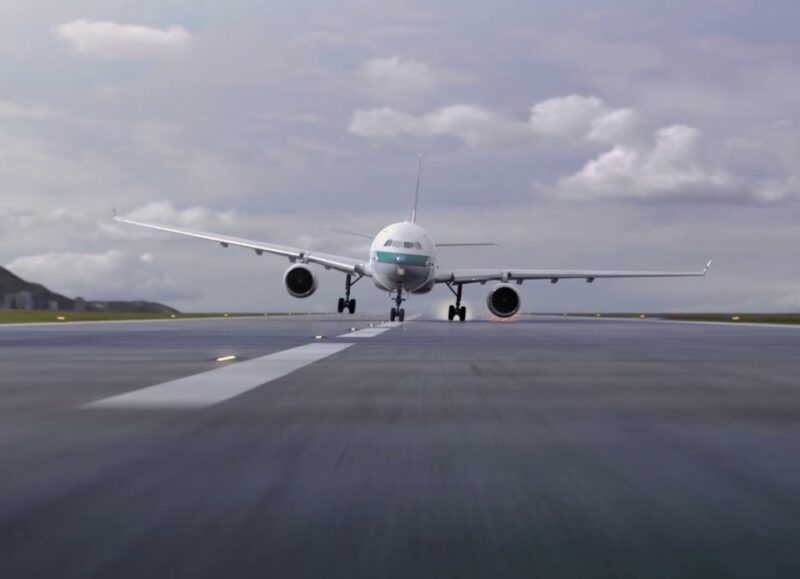
Both wing spoilers were deployed automatically. Only the No. 1 engine’s thrust reverser deployed and activated, with the right engine’s thrust reverser unresponsive due to a technical issue. This forced the crew to bring the aircraft to a stop using manual braking. No. 1 engine remained between 70 and 80% N1 until the crew shut down both engines upon coming to a stop.
The aircraft came to a stop on the runway, and the crew shut down both engines after monitoring the brake temperatures. The passengers were asked to remain seated while the crew evaluated the situation. The crew contacted ATC Tower North to check for any indication of a wheel fire and then established communication with the on-scene officer-in-charge.
An emergency evacuation was ordered, and all eight emergency exits were used, with the evacuation completed in about two minutes and 15 seconds. Some passengers took their cabin bags along and did not follow instructions to leave them behind before jumping onto the slides.
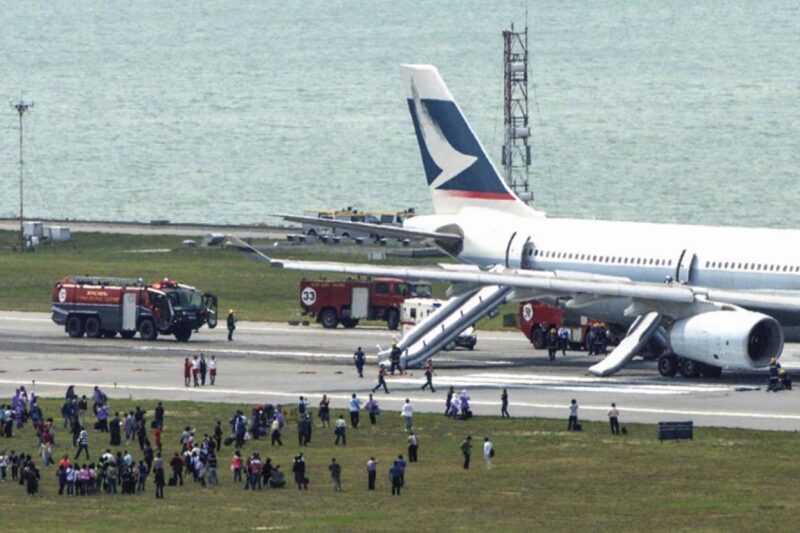
During the evacuation, a total of 57 passengers and six cabin crew were injured. Most of them sustained minor injuries and were given medical treatment immediately at the airport. Ten passengers were sent to hospitals for further treatment, with nine being discharged on the same day. One passenger had a serious injury due to a fractured and dislocated ankle and was hospitalized for surgery. Additionally, six cabin crew members had minor injuries from coming down the slides during the evacuation.
During touchdown, the No. 1 engine (left engine) cowl lower surface and engine sustained impact damage as it made contact with the runway, resulting in fan blade tip rub marks at six and 12 o’clock positions on the fan case. The damage to the engine was consequential. Additionally, five main wheel tires deflated after the aircraft stopped.
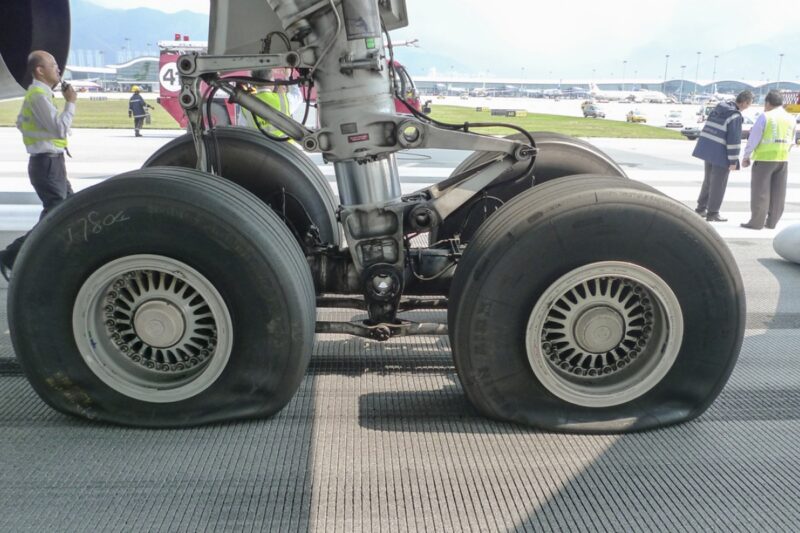
Investigation and Findings
The investigation into the Cathay Flight 780 was conducted by the Hong Kong Civil Aviation Department in collaboration with other aviation safety organizations. Representatives from Airbus, Rolls-Royce and Cathay Pacific were also involved in the investigation.
After a thorough investigation, it was determined that the cause of the accident was fuel contamination. The fuel that was uplifted at Juanda International Airport was found to be contaminated with superabsorbent polymer (SAP) particles. The SAP particles caused the fuel system components to seize and this resulted in the loss of thrust control on both engines of the aircraft during the approach to Hong Kong.
Moreover, the fuel samples collected at Juanda were also found to be contaminated. The investigation revealed that the fuel supply pipeline system had not been properly maintained, allowing salt water to enter and compromise the filter monitors, leading to the release of SAP particles into the fuel.
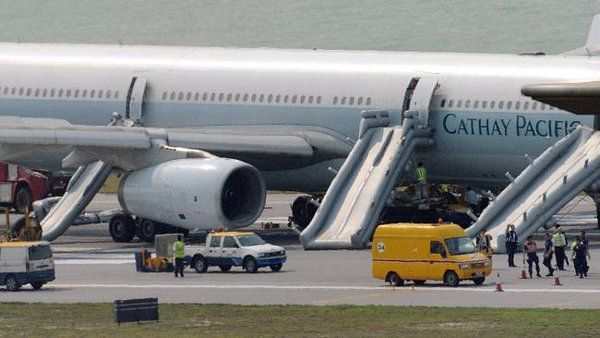
The investigation body found the following contributing factors:
- The fuel uplifted by the aircraft was of the proper grade Jet A1 but was contaminated with SAP spheres.
- Fuel contamination was not known to the flight crew or any person before and during the flight.
- During the flight with both engines operating, fuel contaminant SAP spheres started to affect the engine fuel components operations.
- Some SAP spheres were trapped in the clearance of the moving parts of the FMU on both engines causing stiction in the control of the FMU and resulting in EPR fluctuations.
- The stiction in the FMUs worsened and triggered various engine control ECAM messages.
Based on the findings of the investigation, the investigation body made several recommendations to improve flight safety.
The flight’s two Australian pilots, Captain Malcolm Waters and F/O David Hayhoe, who safely landed Flight CX780 despite the extraordinary challenge, have been compared to pilots Chesley Sullenberger and Jeffrey Skiles of US Airways Flight 1549. In March 2014, the two pilots were awarded the Polaris Award by the International Federation of Air Line Pilots’ Associations for their heroism and airmanship.
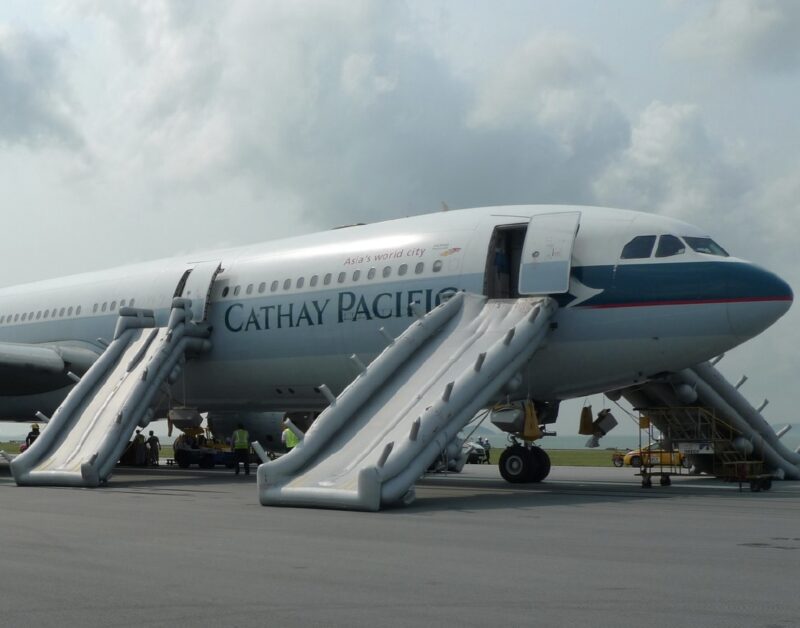
Feature Image via OnDisasters


